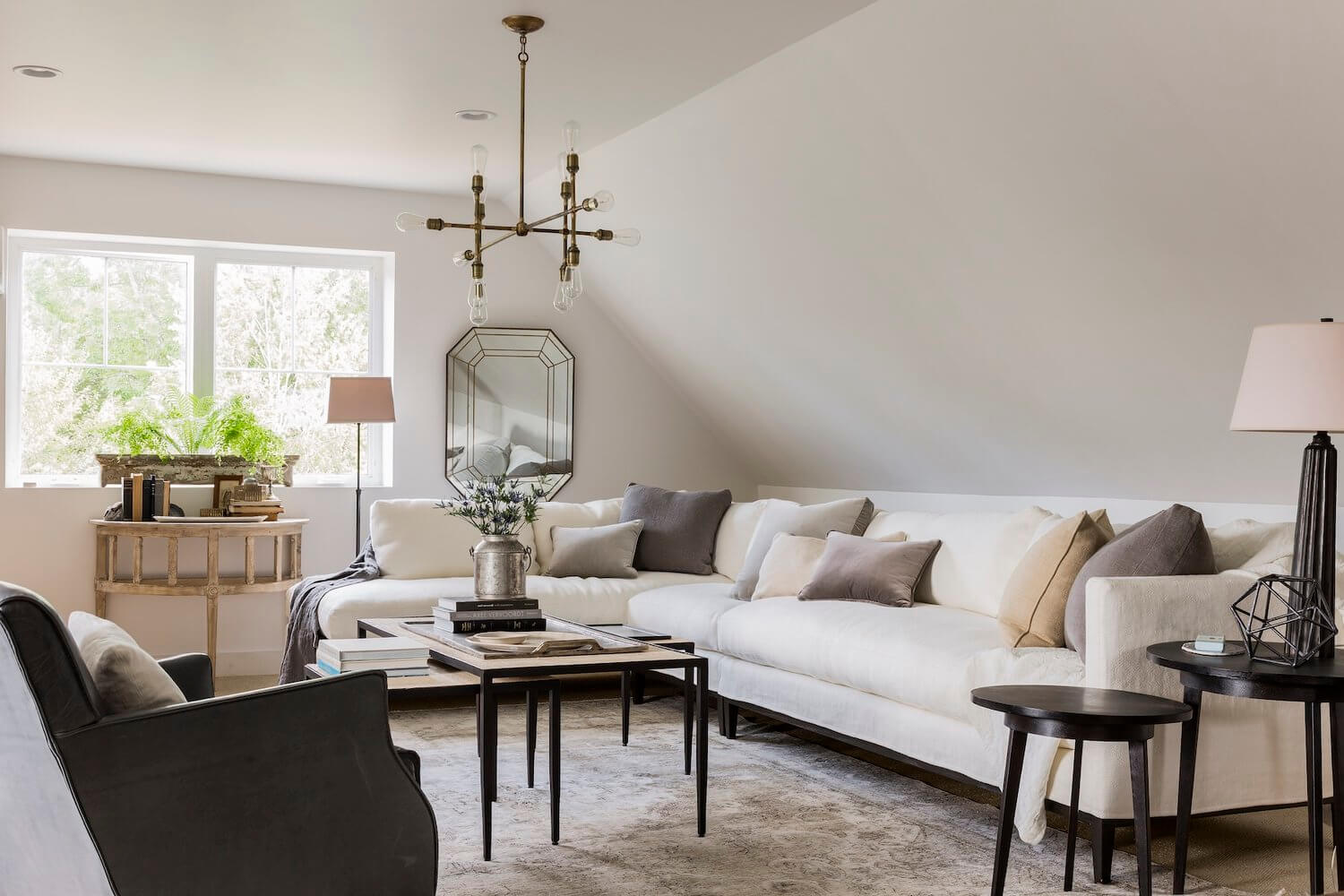"There’s not one design element we would’ve changed"
"Our experience with BrightBuilt was fantastic"
"Home of our dreams with no recurring energy costs"
"The most comfortable home we’ve ever lived in"

"There’s not one design element we would’ve changed"
"Our experience with BrightBuilt was fantastic"
"Home of our dreams with no recurring energy costs"
"The most comfortable home we’ve ever lived in"

December 2, 2022
December 2, 2022

When designing the interior of a new home, lighting selections play a key role in the overall feel of the space. Here are a few tips from our interior designer to help you find the light (so to speak)!

As we approach the winter solstice and waning daylight hours, the importance of interior lighting has become abundantly clear. Here are some of our tips on how to approach lighting design in your home:
Start from the ground up. Lighting can often be thought of as an element of the home that is based on the planned furnishings in the room, but where possible (such as when designing and building a new home), we recommend that lighting be incorporated into the architectural design. This allows for lighting to be integrated into the functionality of each room instead of considered after the fact.
Consider multiple light sources. Having only one bright light source in a room can create unwanted glare, strain on the eyes, and dark corners. Multiple light sources allow the entire room to be lit with a more consistent, comfortable level of light. This will also make it easier to pull focus through lighting to key areas of the room.

Keep control. Utilizing a variety of controls, such as dimmers, remote options, motion detectors, and timers increases the functionality of your lighting, as well as your ability to change the setting of a room to fit various uses.
Pay attention to temperature. In a BrightBuilt high-performance home, you won't have to worry about the temperature on the thermostat - instead you can focus on the temperature of your lighting! Selecting high quality light bulbs means you can control the temperature in each room to best suit the desired environment. In lighting, Kelvin temperature refers to the appearance of the light: "warm" lighting will trend toward more yellow tones while "cool" lighting will be more white or blue in color. In your living areas, you may want more relaxing, warm lighting (2,700 - 3,000 Kelvin) while energizing, cool lighting (3,500 - 4,000 Kelvin) might be preferred in a home office.
Embrace your options! As you consider the multiple light sources recommended above, think about also bringing in a variety of general lighting, accent lighting, and task lighting.


General Lighting. Sometimes referred to as ambient or environmental lighting, the job of your general lighting is to illuminate the room as a whole. General lighting is more functional than aesthetic. Having your general lighting on a dimmer allows you to control and soften or brighten your light source as the daylight shifts.
Accent Lighting. Accent lights are used to balance out your lighting scheme and add visual interest to a room. They are great for softening shadows in any part of the room that tends to get less light or where harsh shadows are created from other light fixtures and objects. Accent lights can be installed in all sorts of ways, and are thus a great option for adding light at various eye levels to balance out your space.
Task Lighting. Any light used to illuminate an area for a specific task falls under the category of task lighting. This could be a reading lamp, an under-cabinet light for cooking, a pendant above a desk, track lights to illuminate a work bench, or anything that helps light an area specific to a particular action.

â